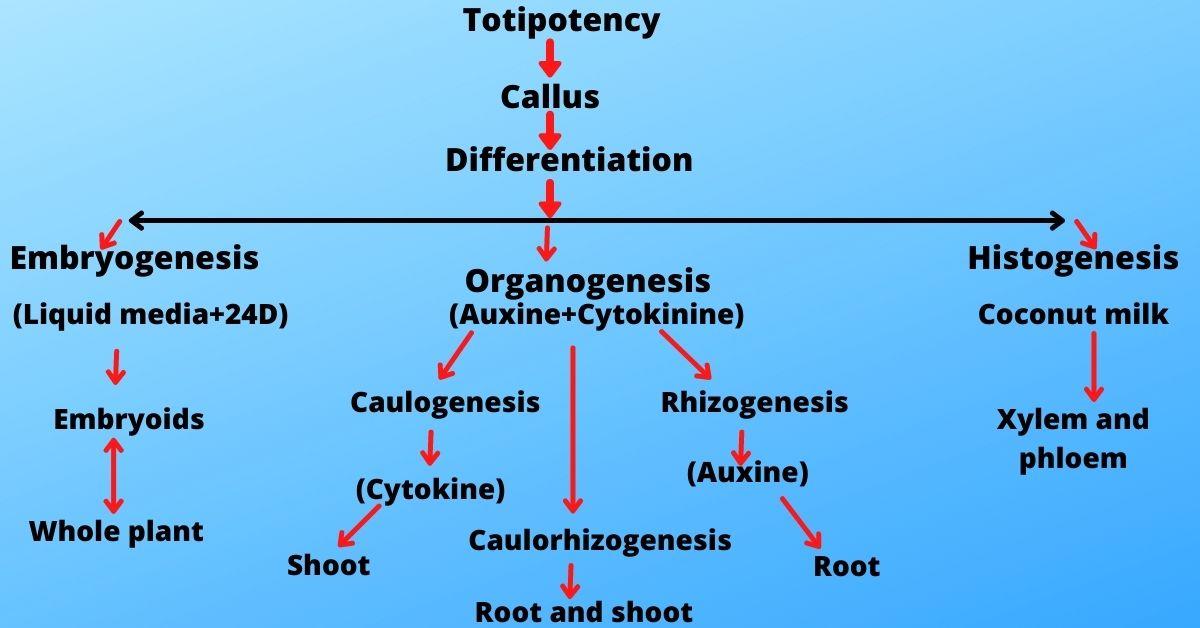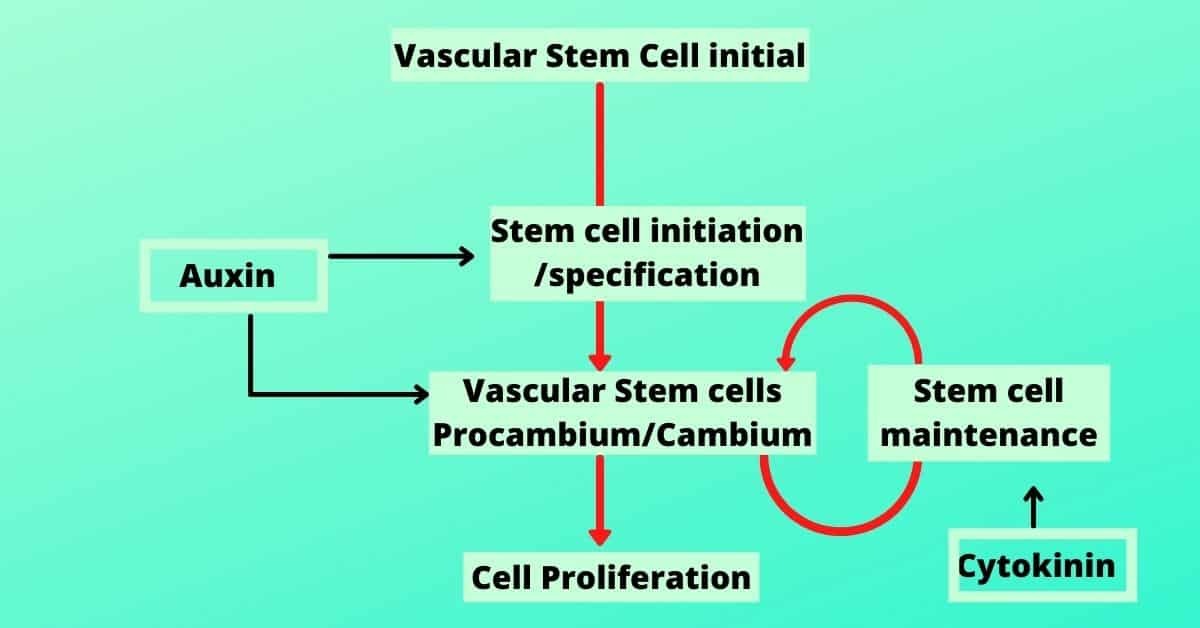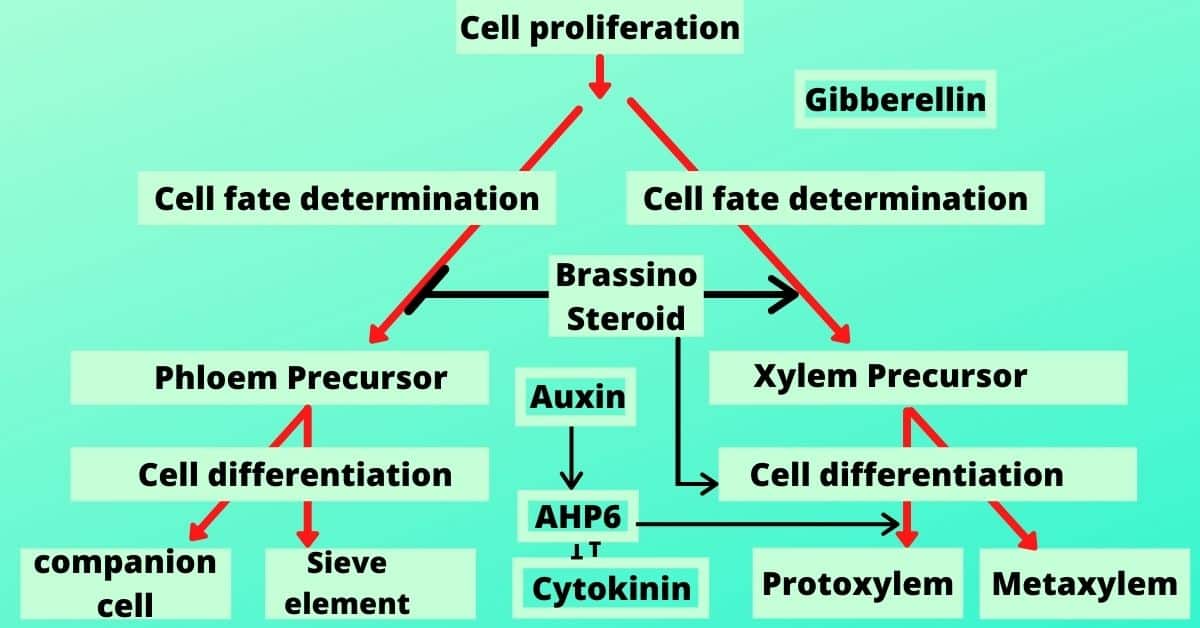Plasticity and Totipotency
There are two concepts, plasticity and Totipotency that are important aspects of understanding plant cell culture and regeneration. Plants have sessile nature and a long life span, thus they develop a greater ability to endure extreme conditions and predation than have animals. Hence, they develop various processes related to their growth and development for adaptation in any environmental conditions. This plasticity helps them to alter their physiology to best suit their environment.
When a plant cell or tissue is cultured it shows a very high degree of plasticity that initiates to form of one type of tissue from another type. The regeneration of the whole organism is based on the concept that all plant cells can express the total genetic potential of the parent plant if the correct stimuli are provided. Thus the maintenance of genetic potential is known as Totipotency.
Totipotency: Types
The term totipotency is derived from two words, totus ( Latin) means entire and potent means to be able or have power. Thus, totipotency is the ability of a single cell to divide and produce all the differentiated cells of an organism.

Cells responsive to Totipotency
Multicellular eukaryotic organisms may have the ability of their individual cells to regenerate into an entire organism. In animals, reproductive cells are typically segregated from the somatic body in early embryogenesis and as a result, somatic cells in young embryos acquire restricted development fates. However, in plants, reproductive cells undergo very late segregation, thus all living cells in plants retain their Totipotency.
Plant Totipotency is thus expressed as a normal process during the formation of zygotic embryos from fertilized egg cells. Totipotency is also expressed during the natural regeneration of mature plants from isolated rootstocks, bare twigs and leaves. Embryoids (embryo-like structures) or whole plants or both have been obtained from highly differentiated cells, that like to be as photosynthetic palisade cells of leaves, epidermal cells of the hypocotyl, pollen grains are the triploid endosperm cells. Plant Protoplasts have also been cultured to regenerate normal adult plants.
CYTODIFFERENTIATION
Cell differentiation is the prime event of development in a higher organism that regulates tissue and organ differentiation. The cells of the callus tissue are redifferentiated into various tissues or organs. Among these, vascular tissue differentiation is an important event that is species-specific. Callus culture is a valuable system that can be used to study the role of various factors in controlling cellular totipotency through cytological, histological and organogenic differentiation.
- During differentiation, there might be some changes in the cellular nuclei.
- Differentiation does not result in the loss or permanent inactivation of the genes. In fact, it acts as the formation of “switches off” the genes in the process of reversible manner. Thus a differentiated cell can dedifferentiate itself and becomes totipotent capable of expressing its desirable genes.
- In differentiated cells, it is cytoplasm that determines the expression of genetic information and prevents the cells from behaving as a totipotent fertilized egg.
VASCULAR DIFFERENTIATION
Xylogenesis is a process of differentiation of Parenchyma into such cells that have secondary wall thickening as noted in the xylem of vascular plants. These type of cells are variously named such as tracheids, wound vessel members, vessel elements, tracheary elements. Auxin is the principal form to trigger cell initiation. Further auxin along with cytokinin, GA, and brassinosteroid is involved in several vascular tissue differentiation.


The following pieces of evidence provide a clue in understanding the mechanism of differentiation in higher plant cells:
- The secondary wall thickening (annular, spiral, scalariform, reticulated, pitted) of tracheary elements enable use to demarcate between differentiated and undifferentiated cells.
- It is possible to induce the differentiation of tracheary elements through cell and tissue culture.
- Several marker proteins have been identified which are involved in regulating deposition.
- The tracheary elements lose their capacity for de- or redifferentiation due to the loss of nuclei.
ORGANOGENIC DIFFERENTIATION
In a more or less suitable medium, the totipotent cells of the callus tissue give rise to meristematic nodules or meristemoids by repeated division. This may subsequently give rise to vascular differentiation or it may be a primordium capable of giving rise to a shoot or root. Sometimes the totipotent cells may produce embryoids through sequential stages of development such as globular, heart-stage and torpedo stage. Organogenesis is the development of adventitious organs (roots or shoots) or primordia from undifferentiated cell mass (callus) by the process of differentiation. Organogenesis relies on the inherent plasticity of plant tissue and is controlled by altering media composition. If the auxin- cytokinin ratio is increased, the callus will form adventitious roots and the process is termed rhizogenesis. If the auxin-cytokinin ratio is decreased, adventitious shoots or shoot-buds will be differentiated from the callus and this process is called caulogenesis.
Significance of Totipotency
- The success of genetic modification of plants, production of homozygous diploid plants through haploid culture, somatic hybridization, mutation etc depends upon the expression of Totipotency.
- Plant breeders, horticulturists and commercial plant growers are now more interested in plant tissue culture, only for the exploitation of totipotent cells in culture according to their needs.
- Totipotent cells within a bit of callus tissue can be cryopreserved for a long period. Thus for germplasm preservation of endangered plant species, Totipotency can be utilized successfully.
That’s it for this post. If you have any query please feel free to comment below. Thank you.
What is totipotency?
The regeneration of the whole organism is based on the concept that all plant cells can express the total genetic potential of the parent plant if the correct stimuli are provided. Thus the maintenance of genetic potential is known as Totipotency.
From where does the word “totipotency” evolve?
The term totipotency is derived from two words, totus ( Latin) means entire and potent means to be able or have power. Thus, totipotency is the ability of a single cell to divide and produce all the differentiated cells of an organism.
What is organogenesis?
Organogenesis is the development of adventitious organs (roots or shoots) or primordia from undifferentiated cell mass (callus) by the process of differentiation.
What is rhizogenesis?
If the auxin- cytokinin ratio is increased, the callus will form adventitious roots and the process is termed rhizogenesis.

